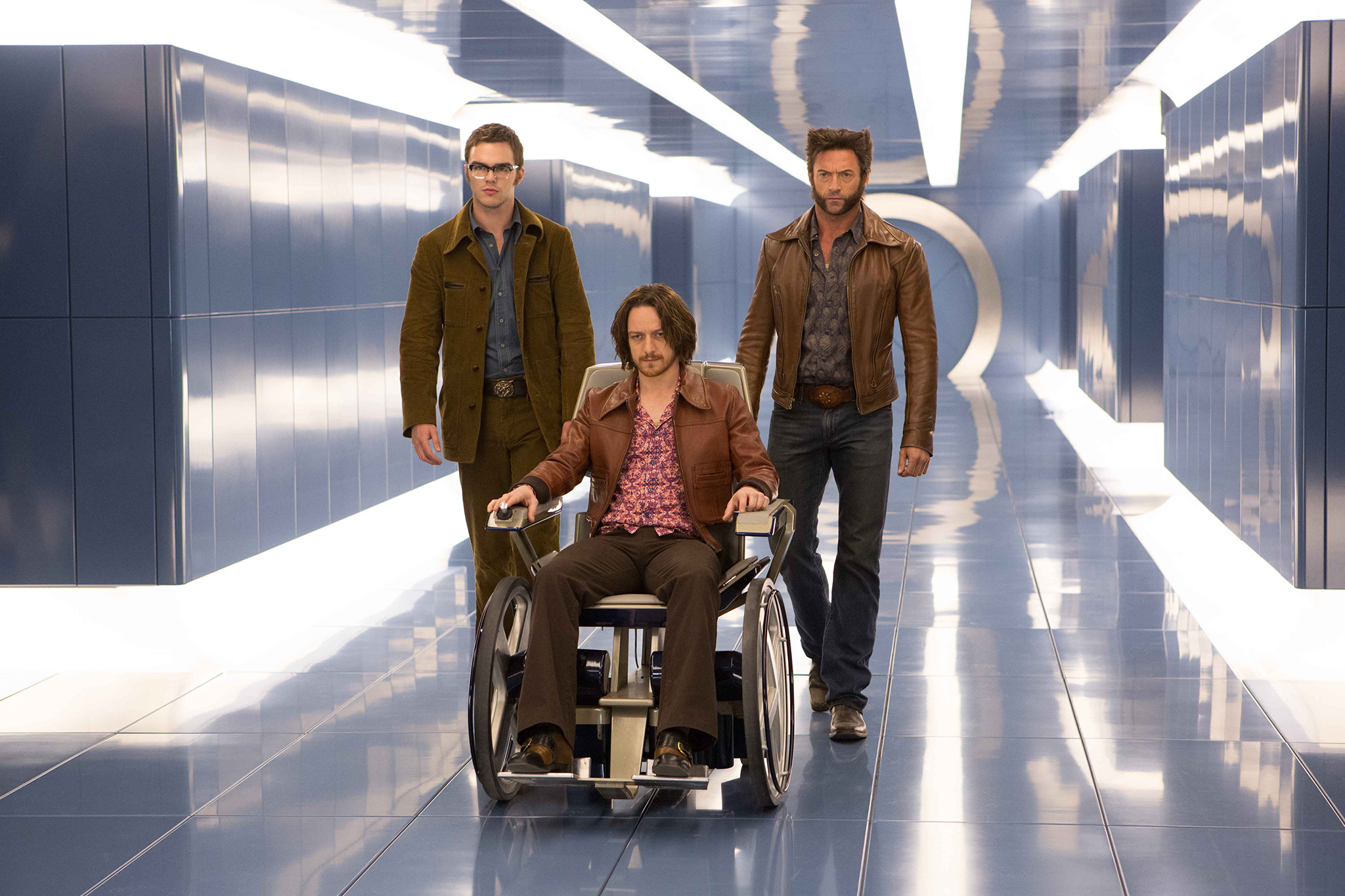With the release of Martin Scorsese’s “The Irishman,” film fandom has arrived at a crossroads.
In typical Scorsese fashion, the film is a monumental work — deliberately told, elegiac and epic in length. It’s sweeping and much more sorrowful than Scorsese’s previous gangster films. But it also only saw an extremely limited theatrical run before it was released to the masses via Netflix, a strategy that is becoming more and more prevalent in the era of home digital streaming.
This is a fundamental change to the way content is distributed and potentially an existential threat to the theater-going experience.
I personally would have preferred to see “The Irishman” on the big screen, but didn’t have much of a chance to do so. The movie didn’t play in any theaters particularly close to me or, if it did, it didn’t play for very long.
Instead, the film will primarily be seen by audiences on their televisions via Netflix, as was the case with Alfonso Cuarón’s “Roma” in 2018 and with Noah Baumbach’s “Marriage Story” this month.
I’m old enough to remember the analog era — where people bought books in bookstores, got news in newspapers and went to the theater to see first-run movies. We had to go out of our way to find and consume content. It didn’t necessarily come to us.
Our culture has gained instant access to so much information and content via the internet, which is a fundamental good. However, everything also feels so disposable now. So easy-come-easy-go. So much less tactile.
But occasionally we’re reminded that the digital era is not always a bad thing. Over Thanksgiving weekend, I was able to watch a first-run, artistically un-compromised Martin Scorsese picture from the comfort of my couch. If Netflix wants to bankroll that — am I really going to say “no?”




